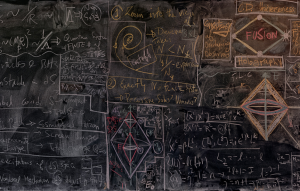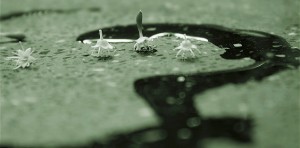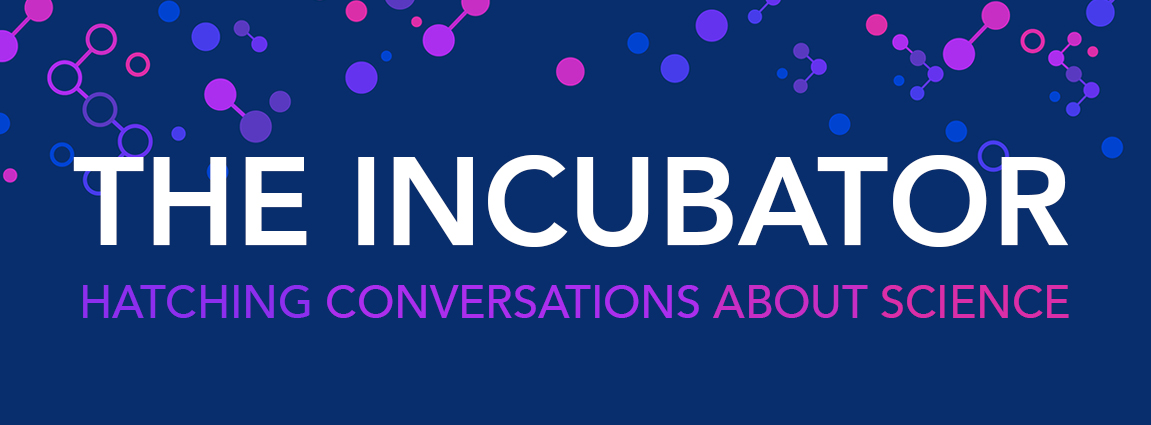Aesthetically Speaking
By Maryam Zaringhalam, @thisisartlab
A couple weeks ago, I sat in on a lecture at Columbia University that addressed four open questions in computer science. To be perfectly honest, due to a rather severe case of jet lag and a certain rustiness where math is concerned, I quickly lost interest as the professor began to delve deeper into the mathematics behind each problem. What struck me most about his talk, however, was what brought him to these problems in the first place. For him, these computational conundrums are quite simply “beautiful questions.”

Science-speak is laden with the language of aesthetics. We evaluate our hypotheses + theories in terms of their simplicity // symmetry // unity—by any criteria that distills the chaotic nature of the world around us into a simple assertion—and call them elegant [e=mc2 // evolution by natural selection]. We deem our supporting evidence—our figures, graphs, microscopic movies—downright gorgeous when they succinctly support our claims, while simultaneously appealing to our visual sensibilities. We even have the overwhelming compulsion to turn our work into a neatly packaged narrative, weaving our data into the story of a protein, the journey of a star, the fate of a particle.
That this professor alluded to beauty in a lecture about computer science was not terribly striking. Such aesthetic terms have become deeply embedded in the language of science—our handiest hook in a language that too often becomes bogged down by the weight of jargon. That said, I’ve only ever thought of aesthetic judgments as being reserved for the solution to a given problem, and not a property of the problem itself. Instead, my “eureka!” moment came when I realized that he was calling a question—not an “answer”—in science beautiful. A question isn’t some sort of tangible result that we can evaluate for its soundness or a neat idea that we can judge by its elegance. Rather, it is the starting point that leads to all the intricate work that is later pieced together to tell the story behind some phenomenon.
Inquiry is the lifeblood of science—the food that sustains progress and fuels our discoveries. Fortunately, because the world is filled with infinite unknowns, scientists are left with endless questions ripe for the asking. But amongst all the potential whys and hows, which are the ones that give us pause and compel us to spend our lives pursuing their answers? Which are the beautiful ones?

For the last few weeks, my mind has kept returning to this question about questions. But because beauty is, after all, in the eyes of the beholder, I quickly realized that it would be futile to attempt some straightforward prescription for what makes one problem more attractive than the next. So instead, I’ll share what makes a given scientific question beautiful… to me. Scientists ask two very broad sorts of questions: those we ask because their solutions have immediate, direct applications [how can we design a vaccine against HIV?], and those we ask simply for the sake of knowing [what is this random protein doing in the cell?]. Call me a romantic, but for me, it’s the latter sort of question that holds all the beauty.
I’ve never really been interested in pursuing problems with a concrete endpoint or a definitive solution. Once you find your cure, then what? Rather, it’s those questions that we pursue for no other reason than that they simply grab our attention and nag at us because we just have to know more. I’ve found that these are the sort of problems whose answers unlock the doors to more questions—that reveal more gaps in our knowledge—sending us on some Holy-Grail-type quest. To me, there’s a beautiful purity to this sort of question because it exists in and of itself—untainted by any sort of motivation other than this burning feeling of needing to know.*
To be more specific, the problem that attracts me most—the question that keeps me hunched over my lab bench pipetting the day [and often night] away—is how a tiny change in our genetic material can change the way our cells interpret the genetic code. And sure, down the line there are plenty of practical questions to be asked and concrete applications to be found [otherwise it would be near impossible to get funding]. But for me, just knowing a little more about how the cell deciphers its genetic material to piece together the building blocks that make up us and everything around us is interesting enough // compelling enough // beautiful enough to drive me.
…Of course, this is all just one scientist’s humble opinion. So I’d like to open it up to you, reader, to hear what makes a question beautiful to you. Please, share it here on ArtLab!

This post was originally featured on Maryam’s blog, ArtLab. To read more of her thoughts on the intersection of art and science, check out http://thisisartlab.com.
_______________________________________________
*And now for the caveat: none of this is to say that scientists searching for an immediately practical answer don’t feel passionately about their work [they likely do], or that the most beautiful questions are the ones most worth asking [they’re often not]. An aesthetic judgment is not the same thing as a value judgment, and due to limitations in funding, the most beautiful questions [by my own personal standards] aren’t the ones that are [or necessarily should be] pursued.
